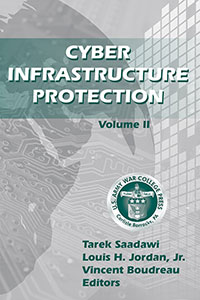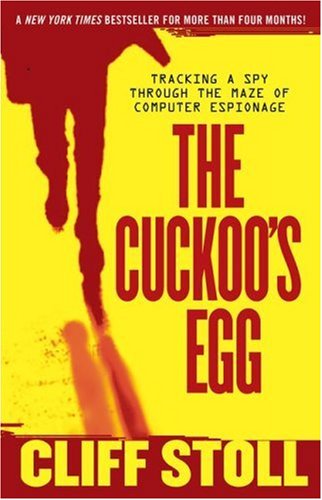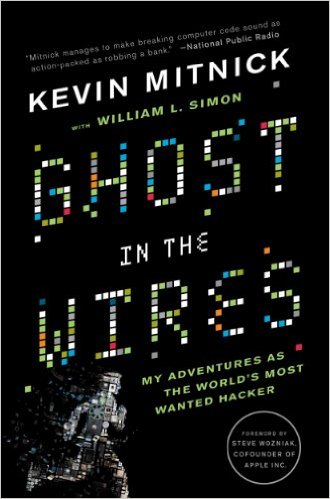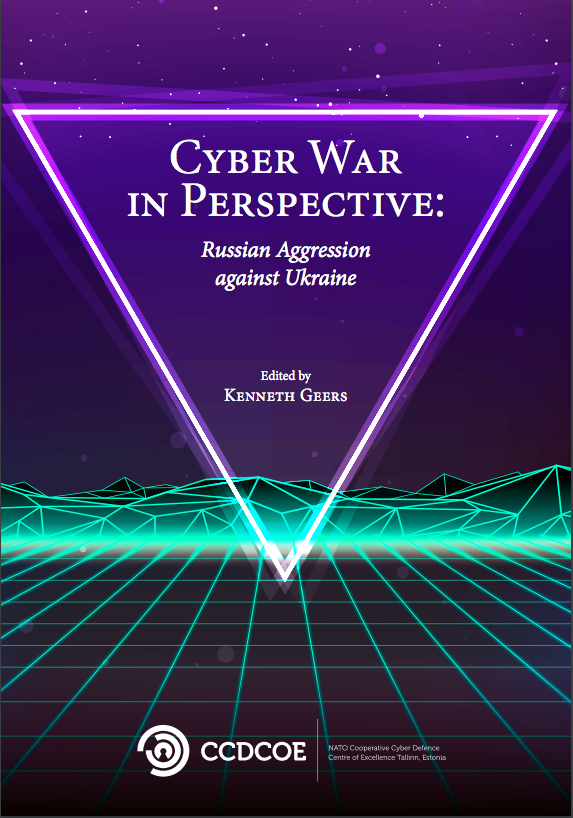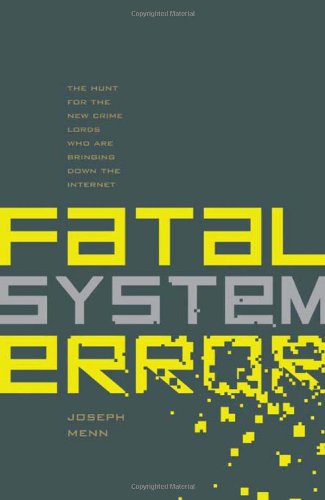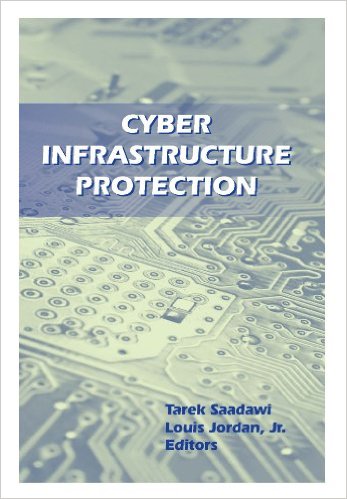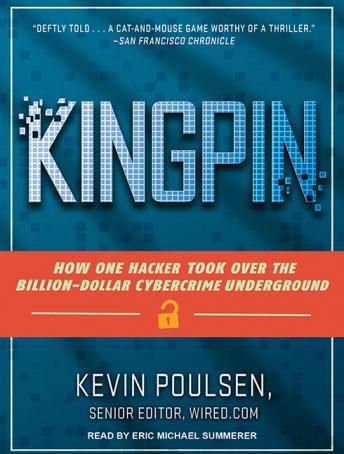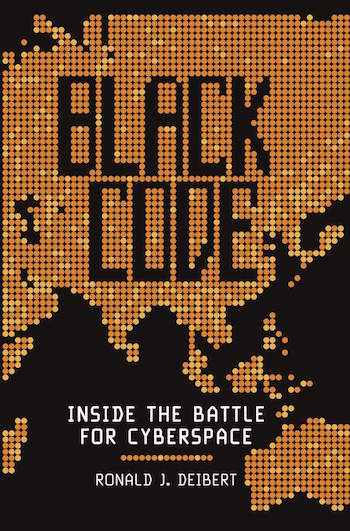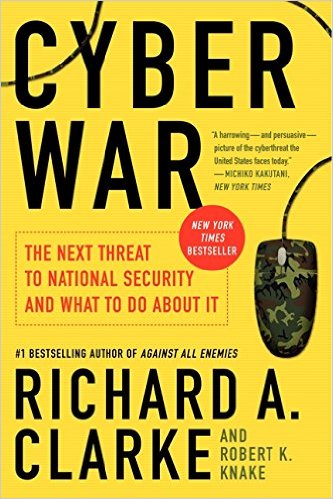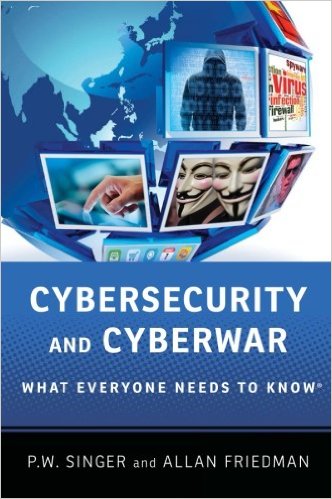From the preface:
This book is a follow-on to our earlier book published in 2011 and represents a detailed look at various aspects of cyber security. The chapters in this book are the result of invited presentations in a 2-day conference on cyber security held at the City University of New York, City College, June 8-9, 2011.
Our increased reliance on the Internet, information, and networked systems has also raised the risks of cyber attacks that could harm our nation’s cyber infrastructure. The cyber infrastructure encompasses a number of sectors including the nation’s mass transit and other transportation systems, railroads, airlines, the banking and financial systems, factories, energy systems and the electric power grid, and telecommunications, which increasingly rely on a complex array of computer networks. Many of these infrastructures’ networks also connect to the public Internet. Unfortunately, many information systems, computer systems, and networks were not built and designed with security in mind. As a consequence, our cyber infrastructure contains many holes, risks, and vulnerabilities that potentially may enable an attacker to cause damage or disrupt the operations of this cyber infrastructure. Threats to the safety and security of the cyber infrastructure come from many directions: hackers, terrorists, criminal groups, and sophisticated organized crime groups; even nation-states and foreign intelligence services conduct cyber warfare. Costs to the economy from these threats are huge and increasing. Cyber infrastructure protection refers to the defense against attacks on such infrastructure and is a major concern of both the government and the private sector.
A key contribution of this book is that it provides an integrated framework and a comprehensive view of the various forms of cyber infrastructure protection. We, the editors, strongly recommend this book for policymakers and researchers.
Read the full book here.
